An electric fence is a wire that is stretched around a farmland to prevent wild animals such as wild boars and deer from entering farmland. Wild animals avoid electric fences because they receive electric shocks when they touch electric wires. However, improper care and maintenance can reduce the effectiveness of electric shocks. In particular, I paid attention to the lack of ground (defective).
A review of how electric fences work
An electric fence consists of a main body (also called the main unit) + posts + electric wires (also called fence wires). Install poles at regular intervals around the area where you want to prevent intrusion, and stretch the wires. The electric wire has a structure in which conductive wires such as stainless steel wires are twisted with chemical fibers, and the electric current output from the main body flows through the electric wire.
The purpose of the electric fence is not to damage animals with electric shocks, but to instill a sense of fear by shock. The purpose is to make animals learn that "this place is dangerous" by pain and fear, and to keep them away from farmland. It is not a protective fence that physically guards such as wire mesh, so it is easy to invade without an electric shock.
Therefore, when operating an electric fence, it is important to manage and maintain it so that an electric shock can be given whenever an animal touches the wire. If an animal touches a wire and does not react, it learns that "this place is okay" and the effect is drastically reduced.
Pay attention to insufficient grounding when operating an electric fence
Insufficient (defective) grounding is of particular concern. Normally, a ground wire with a ground rod is connected to the main body, and the ground and the main body are electrically connected by burying the ground rod in the ground.
When a beast touches the wires of an electric fence, electricity flows in the following order. Electric fence body → wire (+ positive electrode) → animal's snout (body) → ground → ground (- negative electrode) → electric fence body.

It's easy to understand if you remember the science experiment using a dry battery and a miniature light bulb, but when you connect the red wire to the positive side of the dry battery and the black wire to the negative side, a circuit is formed and the miniature light bulb lights up. However, if the black wire on the minus side is not properly connected, the circuit will not be formed, so the mini bulb will not light up.
In the same way, if the ground fails for some reason, the circuit will not be formed, and if an animal touches the wire, no electric shock will occur.
What is the point to prevent shortage of ground?
As mentioned above, grounding is very important for delivering electric shocks. Poor grounding not only reduces the electric shock, but also leads to failure of the main unit.
Then, what points should be checked in order not to cause insufficient grounding (defectiveness)?
1. Drive the ground rod firmly into the ground
A common cause of insufficient grounding is that the grounding rod is not properly grounded. The grounding rod is installed by driving it into the ground, but if the grounding rod is loosely inserted and the grounding rod is inserted shallowly, the current will not flow properly, and the effect will be weakened.
When installing, drive it in deeply, and even after installation, periodically check that there is no disconnection or looseness of the grounding rod, and manage it in a timely manner.
2. Check for rust on the ground rod
If the ground rod is rusted, the rusted part becomes insulated, resulting in insufficient grounding. If you use it for a long time, the ground rod will rust and the current will not flow. Make sure to replace the rusted ground rod with a new one.

3. Be careful not to disconnect the ground wire
If the ground wire is disconnected, it will naturally cause ground failure. In particular, the locations where the ground wire branches and the joints with the ground rod are particularly susceptible to disconnection due to bending. If a disconnection is confirmed, repair it properly or replace it with a new one.
Disconnection can be caused by forcibly applying force or bending the ground wire during installation. There have also been cases of people accidentally cutting the ground wire when mowing the grass. Mowing is important because if grass or trees come into contact with the wire, a short circuit will not generate a sufficient electric shock, but be careful when mowing near the ground wire.
There have been cases where the ground wire was cut when a beast ran amok near an electric fence. Visually inspect the ground wire periodically after installation to check for disconnection.
3. Choose a ground that conducts electricity easily
The efficiency of energization also changes depending on the state of the ground where the earth rod is driven. For example, dry soil, concrete, and near asphalt have poor electrical conductivity, and electric fences cannot fully demonstrate their effectiveness. You can avoid it by choosing a damp place and driving the ground rod or choosing a type with a long ground rod and driving it deeply.
In addition, if there is a gap between the ground and the ground rod, or if the distance between each ground rod is narrow, it will lead to ground failure. Try to spread the distance between each ground rod as much as possible, and try to ground the ground as widely as possible.

summary

The effect of an electric fence is a "psychological" effect caused by the pain and fear of animals. If the animals become accustomed to a state in which the energization efficiency is low due to insufficient grounding (defectiveness) or lack of management, the effect will be reduced. Especially the ground part is a point that tends to be overlooked, so let's check it regularly at the time of installation.

 箱罠
箱罠
 くくり罠
くくり罠
 パーツ類
パーツ類
 電気柵
電気柵
 自作キット
自作キット
 防獣グッズ
防獣グッズ
 監視カメラ
監視カメラ
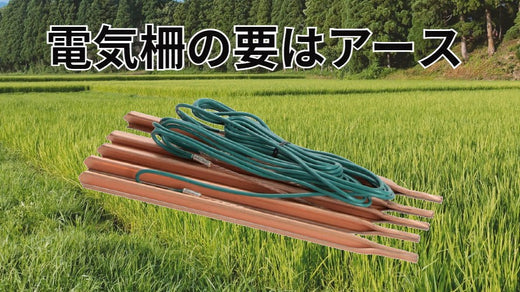
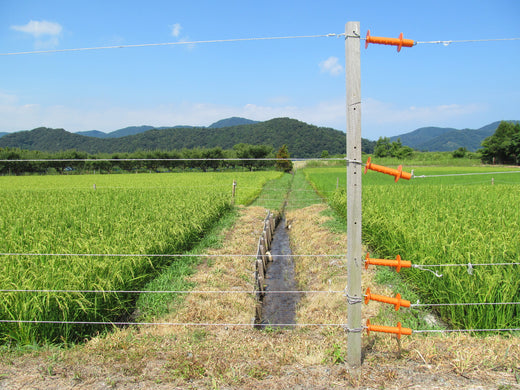

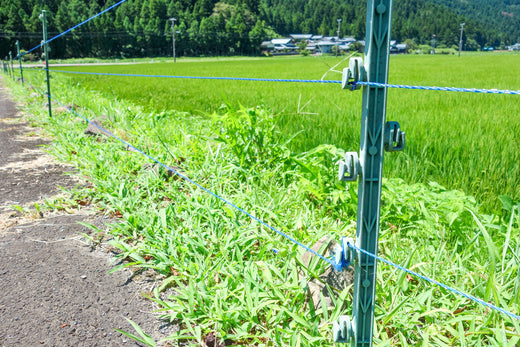
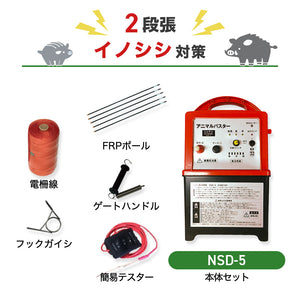

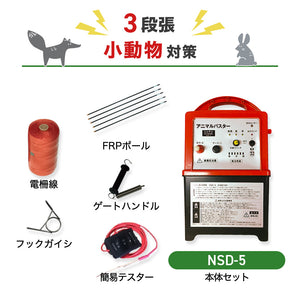
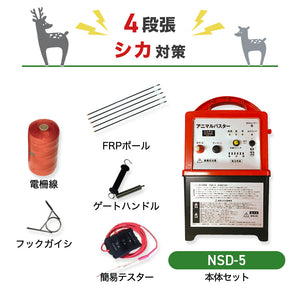
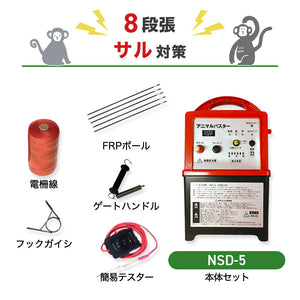
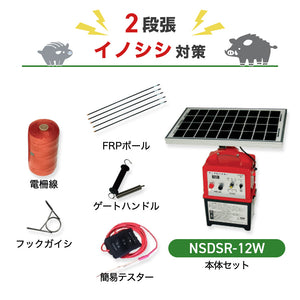
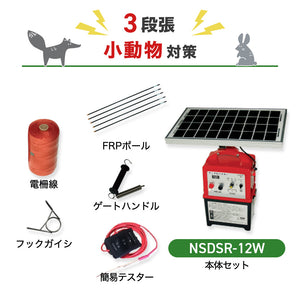
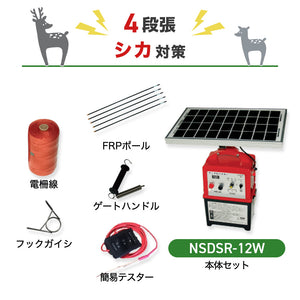
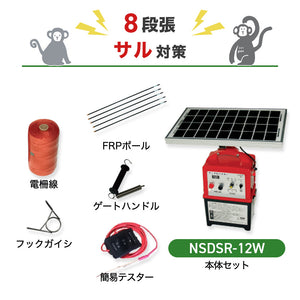
 box trap
box trap
 tying trap
tying trap
 enclosure trap
enclosure trap
 Prevention and avoidance goods
Prevention and avoidance goods
 electric fence
electric fence
 trap surveillance camera
trap surveillance camera
 transportation goods
transportation goods
 Trap detection sensor
Trap detection sensor
 hunting supplies
hunting supplies
 game cookware
game cookware
 hunting books
hunting books
 Anti-bird goods
Anti-bird goods
 Agricultural materials/machinery
Agricultural materials/machinery
 Gibier
Gibier
 boar
boar
 deer
deer
 Kyon
Kyon
 monkey
monkey
 raccoon
raccoon
 Badger
Badger
 palm civet
palm civet
 raccoon dog
raccoon dog
 nutria
nutria
 mouse or rat
mouse or rat
 Mole
Mole
 bear
bear
 pigeon
pigeon
 Crow
Crow







